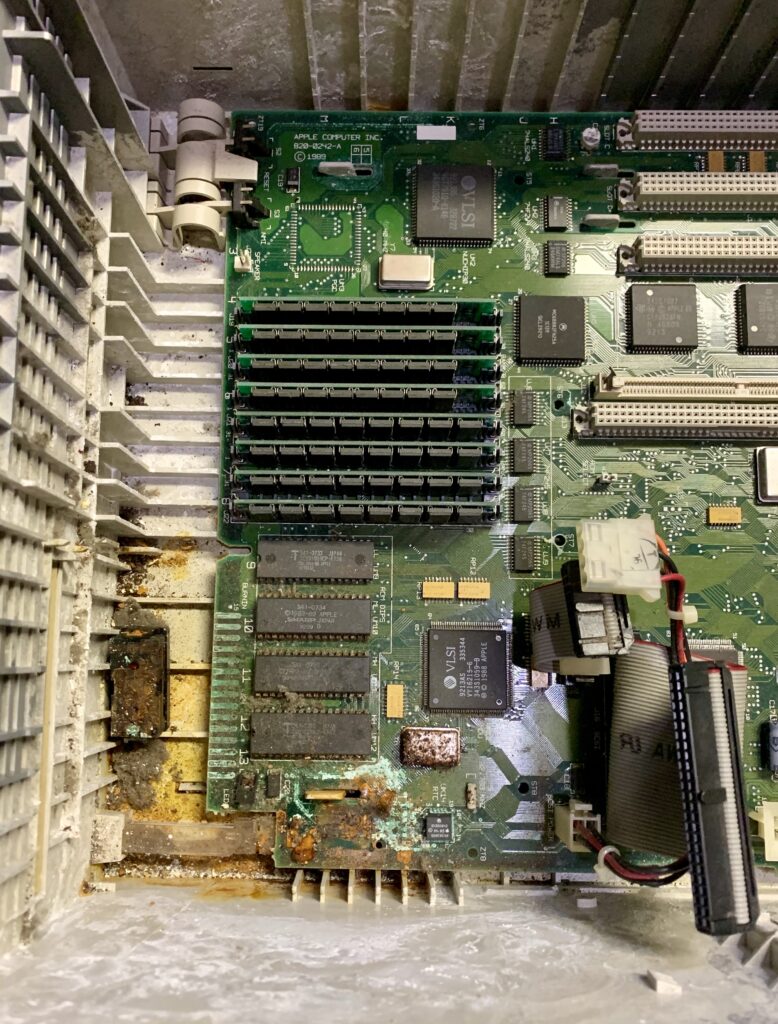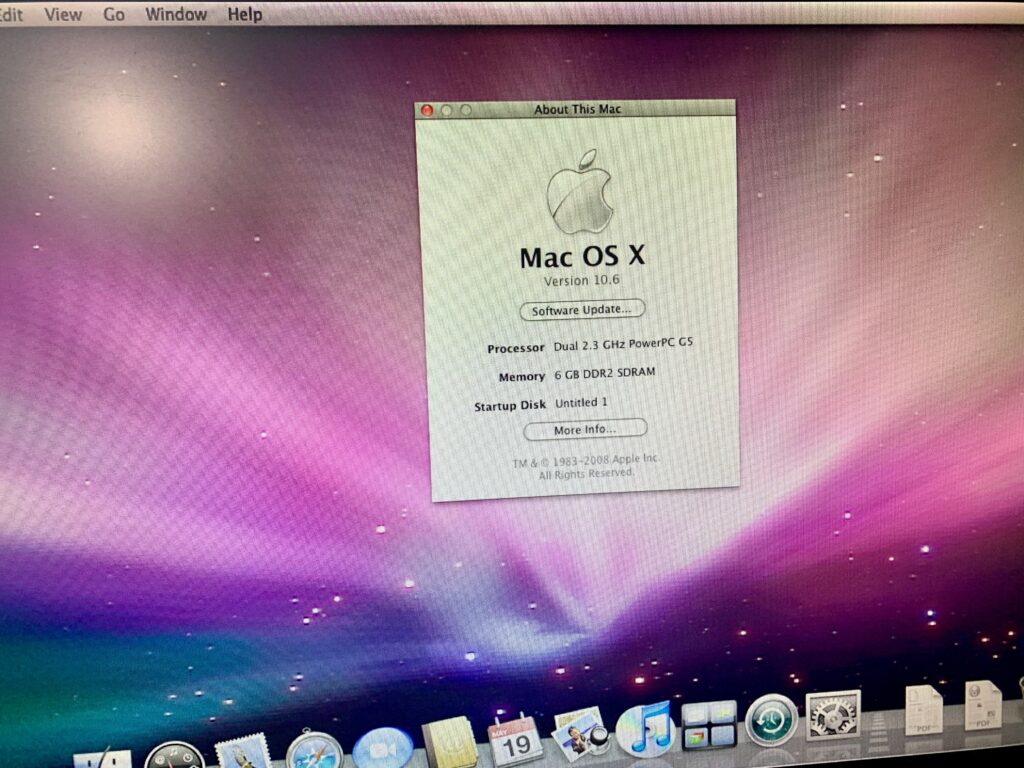
My father died this month, and one of the gifts he left my brother and I with was a love for tinkering, especially on Apple hardware.
We grew up in a household when our first computer was a TRS-80 Model 4P. Yes, it was portable, in a sense, but my dad was able to upgrade the machine with a hi-res display (or one like it). We wrote stories and played games and even dived into programming. Good times. (The TRS-80 gave me my first taste for text adventure games, which are still the best.)
When the local school system where my dad worked as a counselor began to get computers, especially during a time when you could turn in receipts at local grocery stories, he was the one who was brave enough to figure them out. He brought them home, so we could try our hands at Apple II software and a beautiful little computer called a Mac Classic. We played Dark Castle on that one. So cool. (I learned years later that my friends were jealous, while it was just the norm for us.)
As time went on, my dad started taking us to surplus auctions to pick up piles of old Apple II stuff, various IBM PC equipment, and highly desired Mac gear. Some, he rebuilt and put into classrooms so his little rural Oklahoma school could give every kid access to a computer. Others, he kept to tinker or repair or find some use. A few items ended up being sold.
So, when he died, my brother and I went up on a Sunday morning to begin digging through piles of various old systems, including a couple of rare pieces that might be highly desired, that we helped him store at the old house. Like most vintage Macs, the capacitors are at the end of life. Layers of dust seeped into the motherboards, although a few of the machines ran well. I wished I could have brought more home, but I limited myself to just three or four items for the road trip back to the east coast.
One of the items was this Mac IIci. On initial inspection, it didn’t look too bad. I wasn’t able to test it, so I loaded it up, excited to see if the Daystar card and other expansion slots would make for a really speed vintage Mac to fiddle with. I got it home, plugged it in, and discovered that it wasn’t working. Opening it up more, the battery and cage fell out, and I was greeted with the horror of what happens when one of those little PRAM batteries explode. It ain’t good.
The question is – is the motherboard worth rehabbing? Should I bother replacing the caps and trying to pull more grime and corrosion off the motherboard? Will it run without a battery? If you have answers, please post them in the comments below.
Alternately, the gift my dad gave me – a passion to rehab these old machines – does it matter? Why not try to fix it up for a few bucks? If it doesn’t work, you learned something. (For starters, take out those batteries if you need to store your old computer parts.) You had some fun. You developed some skills that may come in handy down the road. (I really need to get decent at soldering things.)
So, yeah, thanks, dad, for another project.



